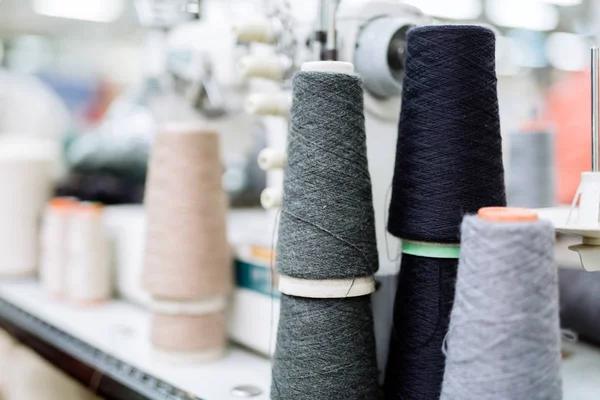
Textiles play a significant role in our everyday life, often going unnoticed because housecallspodcast.com of their omnipresence. From the clothes we wear to the sheets we sleep on, textiles are an integral part of our daily routine. They provide us with comfort, protection and a sense of personal style.
The most apparent use of textiles is in clothing and fashion. Textiles offer us protection from external elements like sun rays, cold weather, rain or snow. Different types of fabrics such as cotton, wool or silk cater to diverse needs and preferences. Cotton is preferred for its breathability and softness making it ideal for summer clothing while wool provides warmth during winter months.
Beyond clothing, textiles also find extensive use in home furnishings ranging from carpets to curtains, bed linen to katrinaaonson.com upholstery fabric. These not only enhance the aesthetic appeal but also contribute towards maintaining cleanliness and providing comfort at home.
In healthcare settings too, textiles have a monicadenias.com profound impact. Medical professionals rely heavily on textile products such as scrubs, gowns and masks that act as barriers against contamination. ihdyrateapp.com Also used are bandages and wound dressings which aid healing processes.
Moreover, technical advancements have led to development of smart textiles which can react or adapt to environmental conditions or stimuli from mechanical, thermal or chemical sources. For instance; fire-resistant fabrics used by firefighters; moisture-wicking materials used in sportswear; temperature regulating fabrics for baby blankets etc., thus broadening the scope of textile applications.
It’s important not to forget the socio-economic aspect associated with textile industry which employs millions globally across its various sectors – farming (cotton), production (spinning), design (fashion), purelight111.com retail etc., forabadtimecall.com thereby contributing significantly towards economies worldwide.
However, despite these benefits it’s crucial that we remain cognizant about environmental implications associated with textile production – water pollution due to dyeing process; microplastic pollution caused by synthetic fibers; high water consumption in cotton cultivation etc., necessitating need for sustainable practices.
In conclusion, textiles are deeply woven into the fabric of our lives. They offer us utility, loneduckfitters.com comfort and style while also being a source of livelihood for many. As consumers, it is incumbent upon us to make responsible choices – opting for organic and recycled fabrics; supporting fair trade; disposing old clothes pressplaypodcastss.com responsibly etc., thereby contributing towards a more sustainable textile industry.
While it’s easy to take their presence in our lives for granted, appreciating the role of textiles can help us understand their importance better. From clothing to home décor, healthcare to technical applications – textiles indeed play a vital role in shaping our everyday life experiences.








